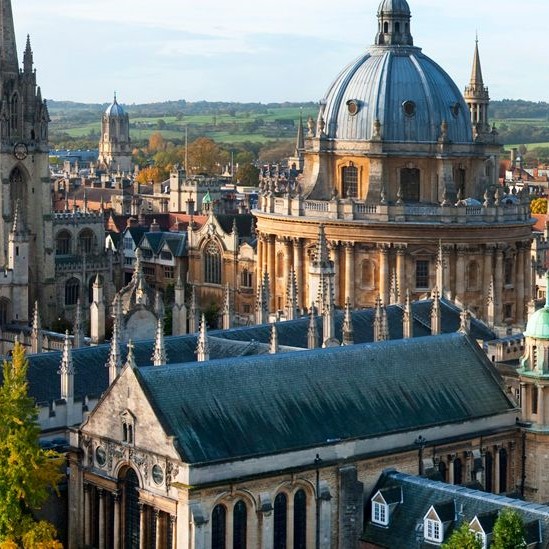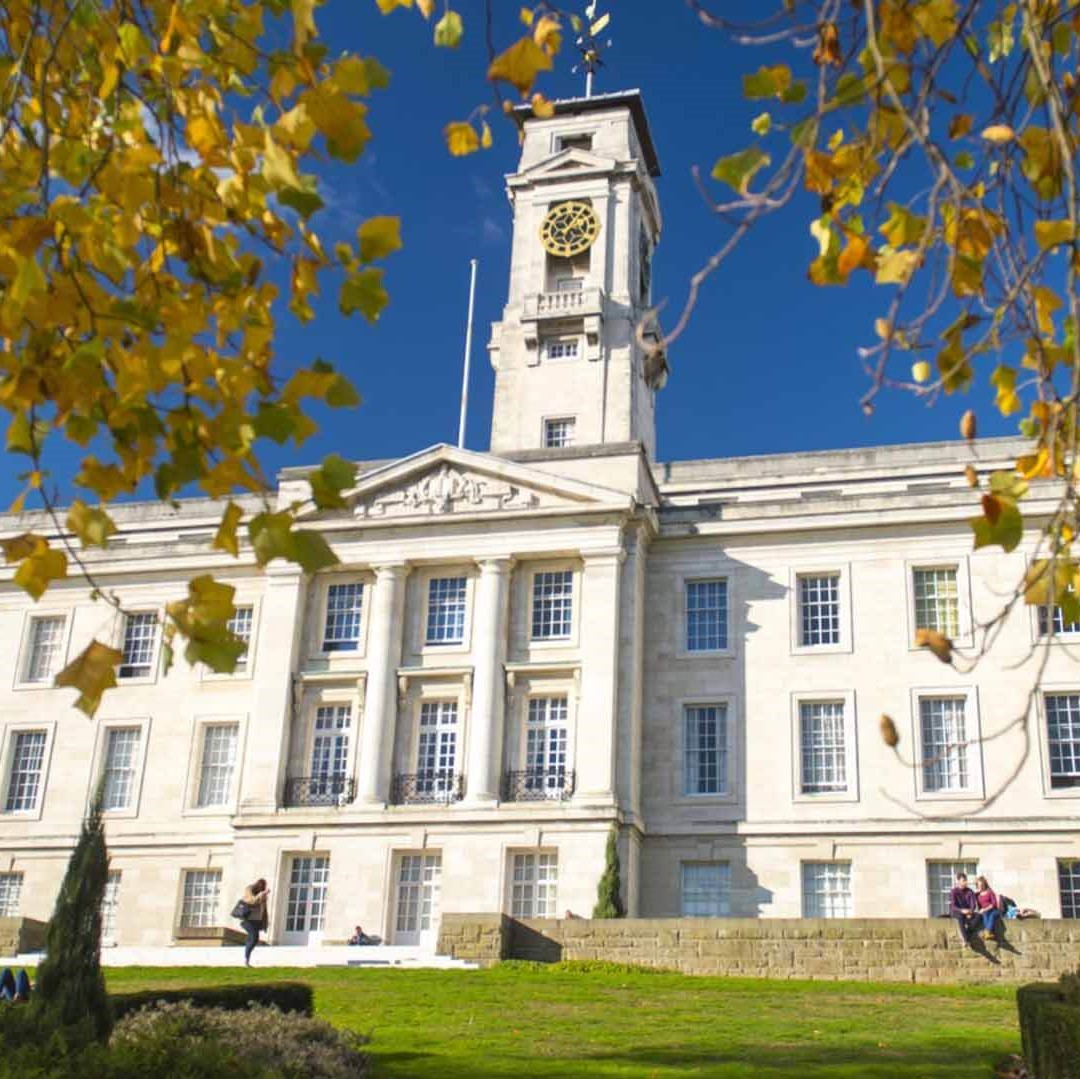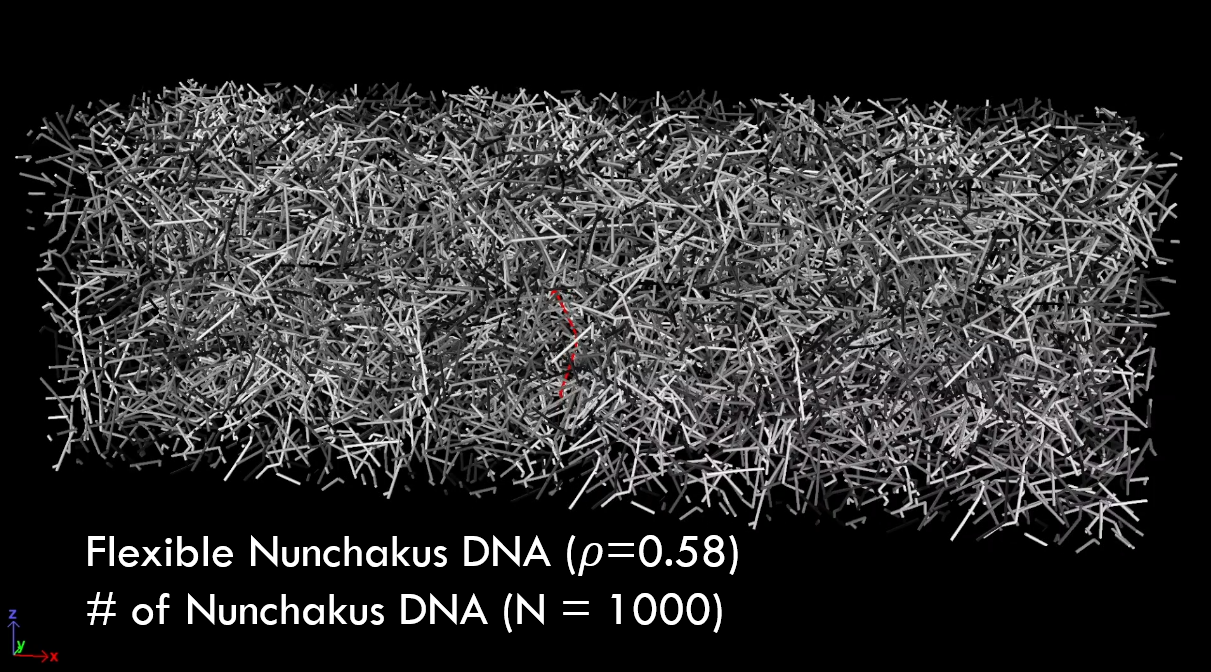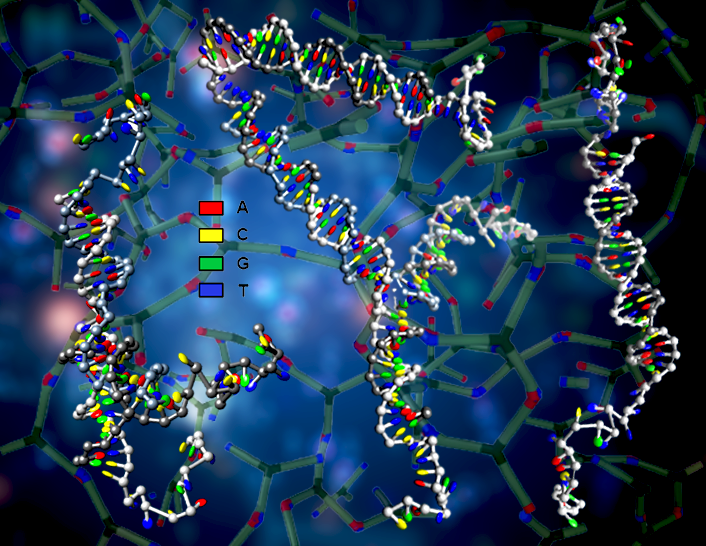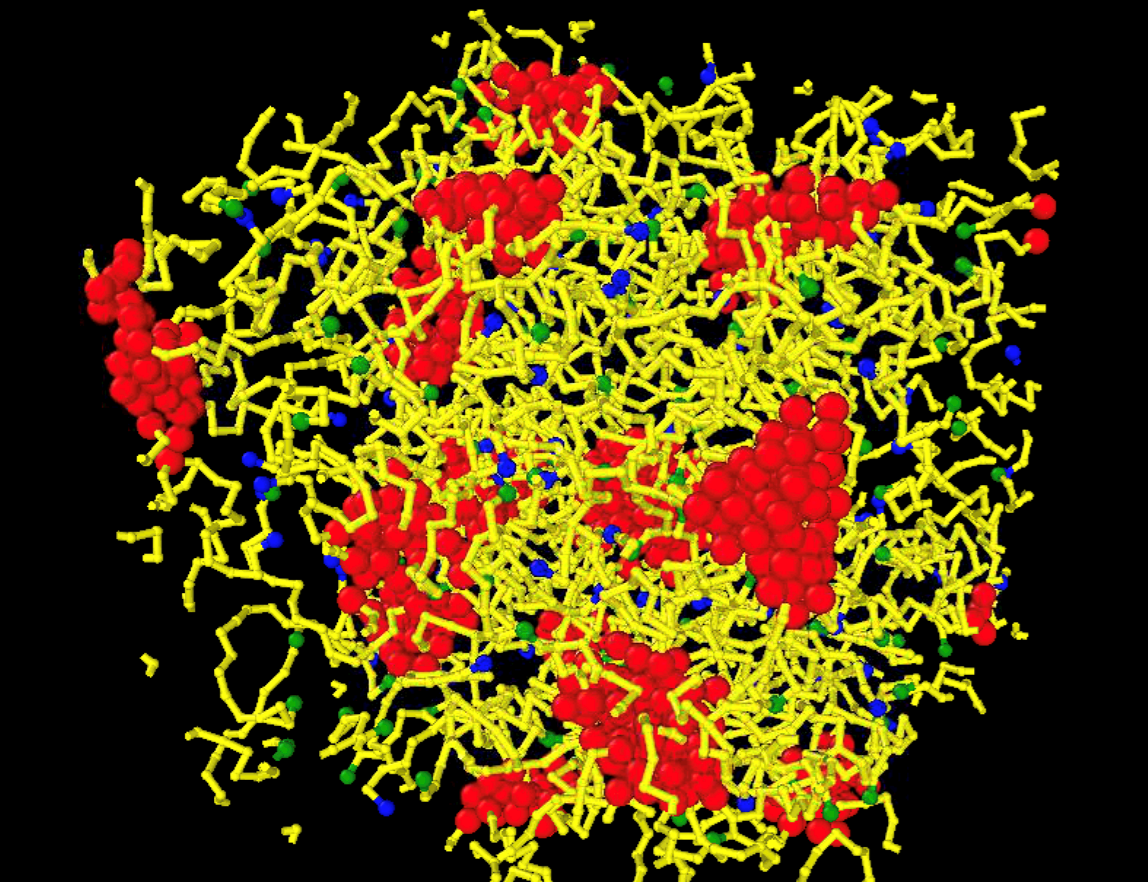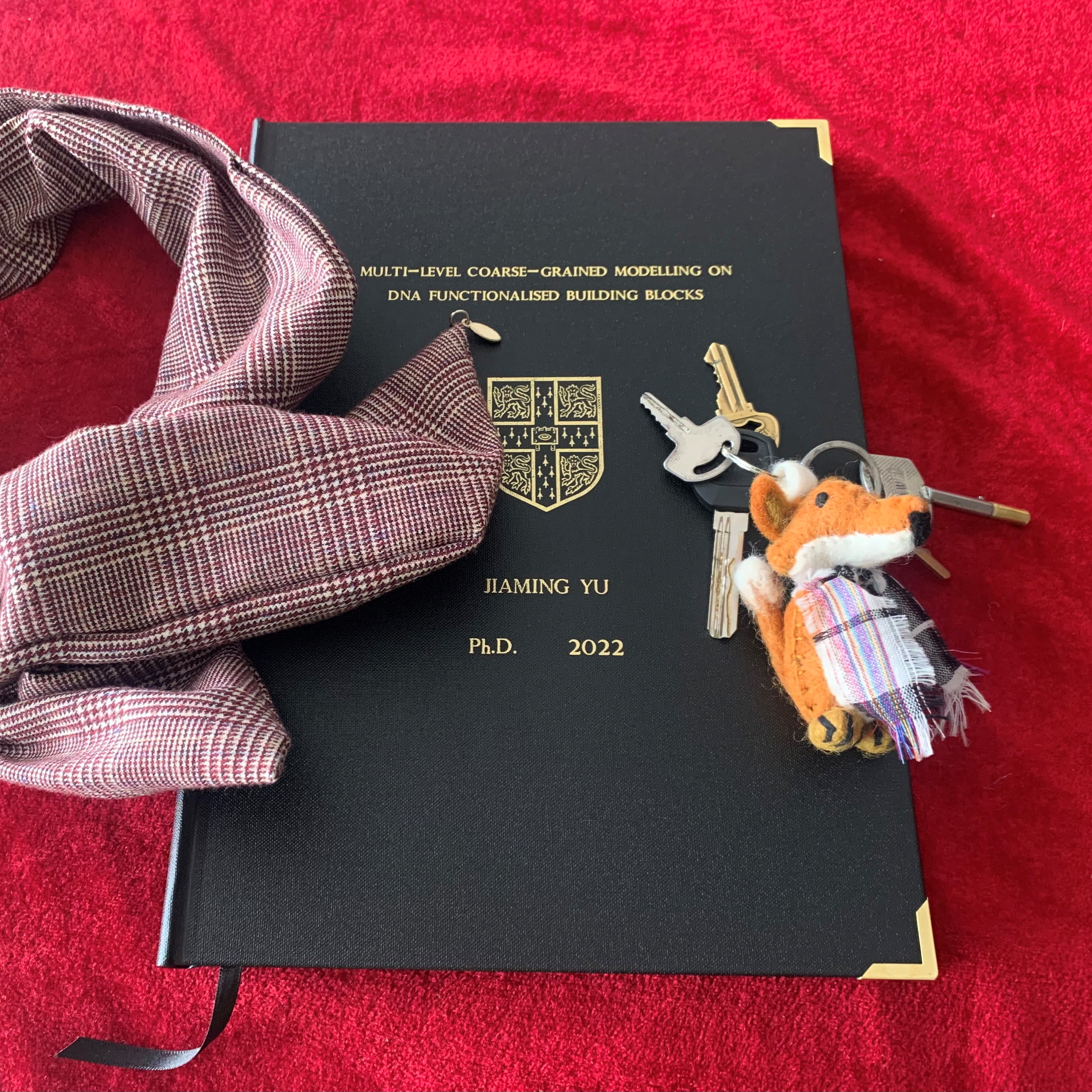Other Researches
March 2018 to April 2018
Nanobiosensors Research Project, Begbroke Science Park, Oxford
Department of Continuing Education, University of Oxford, United Kingdom
Project title: 'Optical Transduction Mechanisms in DNA-based Nanobiosensors for Fluorescence Detection'
Supervisor: Dr Christiane Norenberg
June 2017 to Sep 2017
Summer Research Placement, the University of Cambridge
(Cavendish Laboratory- Biological and Soft Systems group)
Department of Physics, University of Cambridge, United Kingdom
Project title: 'Automatic image analysis and extraction of cell cycle parameters in stem cells with FUCCI expression'
Supervisor: Prof. Pietro Cicuta
Sep 2015 to Sep 2016
Biomedical Research Final Year Project, the University of Nottingham
Department of Engineering, University of Nottingham, United Kingdom
Project title: 'Connection of wearable electronics to photonic textile'
Supervisor: Prof. Stephen Morgan
Jun 2015 to Aug 2015
Student Researcher, the University of Nottingham, United Kingdom
Engineering Research Placements (ERPs) sponsored by the BP Company
Department of Engineering, University of Nottingham, United Kingdom
Research topic: ‘Effects of Nano-diamonds additives as anti-friction and
anti-wear additives for automotive oils’
Supervisor: Dr. Antonino La Rocca
Honours and Rewards
Oct 2018 : Cambridge Trust Scholarship for Doctal of Philosophy in Physics.
Sep 2018 : Outstanding Graduates from the Department of Continue Education,University of Oxford.
Jul 2016 : Contribution to Undergraduate Studies Award to the top graduates in department.
Sep 2015 : Presented High Fliers Award to the top 5% of students in Faculty of Engineering.
Aug 2014 : Winner of an Industry Sponsored Scholarship in the University Research (£1,600).
Sep 2013 : Provost’s Scholarship for outstanding academic performance award to top 1.5% in division.
Sep 2012 : Head’s Scholarship for excellence academic performance award to top 5% in university.
Skills
Excellent PC programmer:
Skilled in C language, C++, Java, Objective Oriented Programming, Embedded Software Coding.
Keen user of algorithms method within Engineering Software Design.
Proficient user of R/Python/Perl/Pascal/Html Languages.
Interdisciplinary learner:
Electrical and electronical engineering (Control system design, digital and telecommunications, power
networks and supply, electronic construction, signal processing, professional skills and mathematical
techniques for electrical and electronics, VLSI design).
Computational biology (Genetics, statistics, neuroscience, genome informatics, function genomics,
probability, population genetic analyses, structural and system biology).
Nanotechnology (Nanoscale-electronics, Nanotechnology for medical and health care, Nano-additives).
Hardware::
Digital IO and Processor Design, Microcontroller, Feedback and Control Systems, Signal Processing, Analogue and Digital Communication.
Software::
Photoshop, PSpice Schematics, Auto CAD, Matlab, Proficient user of emails, internets, commands and applications in Windows/MacOS/Unix/Linux systems.
Interests
Piano (Intermediate player), Tennis (2 years in university), Football and Badminton (5 years).
Sudoku, Rubik’s cube, Programing (Practiced from teenage).
Travel around the world.
University Activities
-Winter Schoold Orgnizor for Department of Physics, Cavendish Laboratory, University of Cambridge.
-Executive committee member of Chinese Students & Scholars Association in
Cambridge (CSSA), University of Cambridge.
-Team leader of Fundamental Science of Nanotechnology Assignment, University of Oxford.
-Student representative of the Engineering Department for the last three years;
attended four Learning Community Forum Meetings (LCF) organized by the
University of Nottingham.
-Completed the Summer Training Camp organized by the Department of Electrical and Electronic Engineering.
-Received Personal Service Recognition Certificate for volunteer work (University of Nottingham)
-Received outstanding student award for performance in Student Society Awards (University of Nottingham)
.png)


